Courses Infomation
NICABM – Applying Mindfulness to Your Clinical Work
NICABM – Applying Mindfulness to Your Clinical Work
**More information:
Description
How to Apply Mindfulness to Your Clinical Work
Mindfulness works.
It can help clients reduce stress, optimize learning, and improve their relationships.
Not only that, research shows that mindfulness changes the brain.
But knowing what mindfulness can do, and helping clients actually put it into practice often requires skill.
Mindfulness practice is simple but it isn’t always easy.
So we designed a program with this idea firmly in mind – and to give you expert perspectives and practical applications for working more adeptly with mindfulness . . .
. . . in nearly every clinical circumstance, no matter what objectives you’re working toward.
How to Apply Mindfulness to Your Clinical Work
How Mindfulness Can Change Both the Brain and the Body
Daniel Siegel, MD
- Mindfulness and DNA: How Mindfulness Can Raise Telomerase Levels and Change Chromosomes
- What It Means to Be Present and How It Creates Better Health and Happiness
- How to Turn a Mindful State Into a Mindful Trait
- Why What You Do With Your Mind Changes the Structure of Your Brain
- How Mindfulness Can Help Integrate the Brain
Mindfulness and the Gateways to Refuge: Finding the True Self
Tara Brach, PhD
- The One Key Thing a Practitioner Must Do to Help Clients Return to Their True Self
- How Mindfulness Can Help Us Minimize Reactivity
- Why False Refuges Look so Enticing
- Four Subtle False Refuges That Are Difficult to Recognize
- How to Find the Aliveness and Tenderness That Is in the Present Moment
- How the Sacred Art of Pausing Can Help Clients Break Unhealthy Patterns
- The Importance of Recognizing That Beliefs Are Real but Not True
- Why Mindfulness Is the Best Strategy for Coming Back to Wholeness
How to Grow Love and Compassion Out of Suffering
Jack Kornfield, PhD
- How Mindfulness Training Transforms Brokenness
- Why Over-Identifying with a Role Can Cause Tremendous Suffering
- How to Use Mindfulness and Loving Awareness to Become Free of the Past
- Thinking “Skillfully”: How to Apply Mindfulness to Solve Conflict
- Strategies for Overcoming Feelings of Unworthiness, Shame, and Guilt
- Why We Must Bring a Quality of Beginner’s Mind to Our Work
Dialectical Behavior Therapy – A New Approach to Treating Distressing Emotions
Marsha Linehan, PhD
- Mindfulness Practices to Help Your Clients Tolerate Distress and Difficult Moments
- The Three Essential Skills of Dialectical Behavior Therapy
- Why Focusing on Change Can Be Ineffective in Treating Borderline Personality Disorder
- Why Dialectical Behavior Therapy Is So Effective in Combating Thoughts of Suicide
- Dialectical Behavior Therapy and Obesity – Treating the Behavior, Not the Biology
How to Help People Connect to Loving Awareness: Expanding Our Capacity to Give and Receive Unconditional Love
Ram Dass, PhD
- Why It Is so Difficult to Give and Receive Unconditional Love
- How Mindfulness Can Allow Us to Disassociate From “Roles” and Improve Healing
- Why Health Problems Can Sharpen Attunement
- How to Love Even the People You Dislike
- How to Help Patients Overcome the Fear of Growing Old
- Why Mindful Living Prepares Us for Dying
Deconstructing Death: How Mindfulness Can Help People Manage Life’s Ultimate Transition
Joan Halifax, PhD
- GRACE – Five Steps to Cultivate Compassion When Your Attention Is Divided
- Why Practitioners Need to Regulate Their Own Response to Suffering in Order to Help Their Patients
- An Exercise in Becoming Grounded: How to Prime Attention, Equanimity, and Strength
- Healing Fictions: What They Are and How They Structure Lives and Affect Treatment
- The Art of Sitting With Not Knowing
- How to Look Past Our Biases to Serve With Openness
Register Here for Only $397
and get all of the video & audio recordings (so you can listen and watch whenever you want),
as well as the transcripts and learning tools
SIGN ME UP
12 CE/CME Credits or Clock Hours are available for purchase at checkout.
Click HERE to get information about CE/CME credits and clock hours as well as speaker disclosures
Get valuable techniques from leaders in the field without the expense and hassle of travel
Client inmates report very positive effects . . .
“I have used these teachings to reinforce my ability to communicate the value and practice of mindfulness to my clients in a county jail setting. Client inmates report very positive effects, as it is an introduction to self discipline and intentional self care for many of them. A little mindfulness can go a very long way on the way toward healing and recovery from trauma and addictive behaviors.”
Albert W. Laser, MA Counseling, LCP – Mental Health Specialist
Chicago, Illinois
. . . current, scientific, and cutting edge . . .
“Every time I attend one of your webinars I am blown away by not only the depth of information – current, scientific, and cutting edge – but also the way you always integrate the practicality and usefulness of each presenter’s theories and work.”
Erica Goodstone, PhD, Licensed Mental Health Counselor and Somatic Body Psychotherapist
Deerfield Beach, Florida
Thanks for another wonderful interview . . .
“I love when research and science supports and encourages what we already know! Thanks for another wonderful interview.”
Nancy Rhine, MS, LMFT
Mill Valley, California

Course Director
Ruth Buczynski, PhD
4 innovative learning tools to help you take action immediately and effectively
Synthesize Key Concepts So You Can Use Them Immediately
After every session, Ron Siegel, PsyD, and Joan Borysenko, PhD, will join me in the TalkBack segment to clarify what you’ve just heard. Our job is to make yours easier. We’ll dig deeper into core concepts, so you can integrate ideas and practices from each session and connect them with your work.
Click here for a sample
Discover Concrete Practices That Will Work in Your Life (and with Your Patients)
All the teaching in the world won’t mean much unless you actually use it. In Next Week in Your Practice, we’ll give you concise videos where I’ll work with Christopher Germer, PhD and Elisha Goldstein, PhD, to translate ideas from each session into techniques and exercises you can use with your clients right away.
Click here for a sample
We’ll help you turn each expert session into an action plan. The QuickStart Guide lays out key concepts plus specific exercises and strategies in a concise, handy-to-use format. At your fingertips, you’ll have highlights, techniques, and tools from each session so you can quickly review and apply what you’ve learned.
Click here for a sample
Quickly Recall Crucial Details So You Can Apply Them with Confidence
Professional Transcript will help you move beyond merely watching each session to make key ideas a part of your work. With an easy-to-use table of contents, clean, professional formatting, and helpful quotes that call out core concepts, you can quickly locate important ideas and check citations and references. We craft these with care to make quick review surprisingly simple.
Click here for a sample
With these innovations, you’ll be more prepared than ever to make
mindfulness an indispensable part of your practice.
Register Here for Only $397
and get all of the video & audio recordings (so you can listen and watch whenever you want),
as well as the transcripts and learning tools
SIGN ME UP
12 CE/CME Credits or Clock Hours are available for purchase at checkout.
Click HERE to get information about CE/CME credits and clock hours as well as speaker disclosures
Get high quality trainings without having to travel and put your life and work on hold
. . . remarkable clarity and a good foundation for opportunities for future treatments.
“Dynamite presentation with remarkable clarity and a good foundation for opportunities for future treatments.”
Curt Niederee, MD
Weston, Montana
Your generosity in providing these wonderful lectures is amazing . . .
“Thank you Ruth! Your generosity in providing these wonderful lectures is amazing. Your perspicacity and intuition that shines through your interviews is a joy.”
Linda Midalia, Psychologist
Australia
I am eager to hear the other presentations on mindfulness . . .
“I have just today tried to introduce mindfulness to a young patient with panic disorder and found that the explanation of developing ‘awareness training’, which can serve as a first line of responding when the panic threatens, was a good opening introduction. I am eager to hear the other presentations on mindfulness.”
Doug Frey, Psychology
Gaithersburg, MD
Here’s What You’ll Get:
Everything is yours to keep forever in your professional library
 |
Downloadable video and audio to watch or listen to when it’s convenient for you |
 |
TalkBack Segment to distill key ideas (this is where we “land” the session) |
 |
Next Week in Your Practice video to give you concrete strategies to use with patients |
| Printable QuickStart Guide to make review and action simpler than ever | |
| Professionally-formatted transcript of the session | |
What is HYPNOSIS – NLP?
Neuro-linguistic programming (NLP) is a technique used to provide clients with the tools to overcome certain life obstacles. NLP is in short, a way of helping people help themselves to reach a state of excellence, happiness and peace of mind.
NLP is a learning model devised by two American academics (Dr Richard Bandler and John Grinder) in the early 70s, who were fascinated by the relationship between language behaviour and excellence. They believed that by analysing the unconscious linguistic techniques used by successful people, they could produce ‘a recipe for excellence’ in which other people could consciously learn to apply said ‘successful techniques’.
What is NLP?
NLP stands for neuro-linguistic programming.
Neuro – All of our experience is gained from the neurological processes that govern our five senses: taste, touch, smell, sight and sound.
Linguistic – We make sense of these experiences through a set of filters, including language. The language we use can also affect the way we experience things.
Programming – This is a way of controlling the outcome of something. A person can use NLP to ‘predetermine excellence’ by adjusting the language we use.
To break it down, the science aspect is the process of extracting and learning the techniques. The art aspect is the act of applying the techniques to our own lives.
There are four ways NLP techniques are most commonly used:
to teach effective communication
to ensure continual personal development
to enhance learning
to encourage a greater enjoyment in life
NLP is used to teach us how changing our perception of the world can lead us to adjust and adapt our behaviours to live the life we want.
NLP and hypnotherapy
Hypnotherapists aim to induce a relaxed and receptive state (trance) in their clients in order to access the subconscious. Many of the obstacles that prohibit or limit a person’s experiences are deeply embedded in the subconscious, so by accessing the thought processes that usually remain hidden, hypnotherapists can work with clients to change the restrictive thought pattern and make room for positive development.
An NLP practitioner will look at your attitude, your language and how you use it, your understanding of relationships and your ability to build rapport, as well as the physical and emotional states that are best for accomplishing a task. Effective communication and perception of others and ourselves, will also be key focuses. All of these will be analysed and examined by the professional, so that a strategy for improving understanding, motivation, learning and memory can be formed.
Many hypnotherapists train in NLP to help improve their ability to communicate more effectively with their clients, as well as to help their clients communicate more effectively with themselves.
Salepage : NICABM – Applying Mindfulness to Your Clinical Work

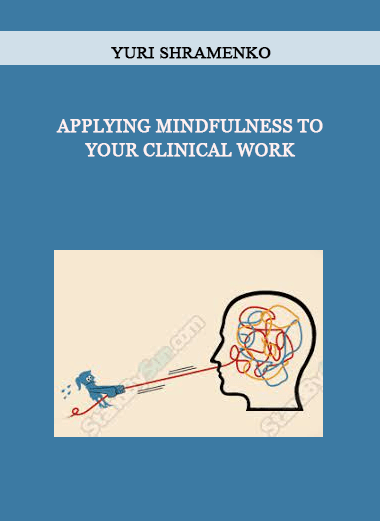
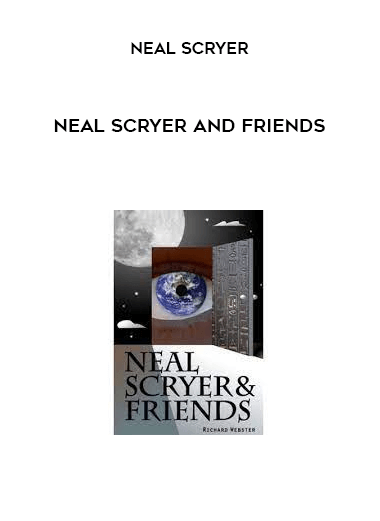


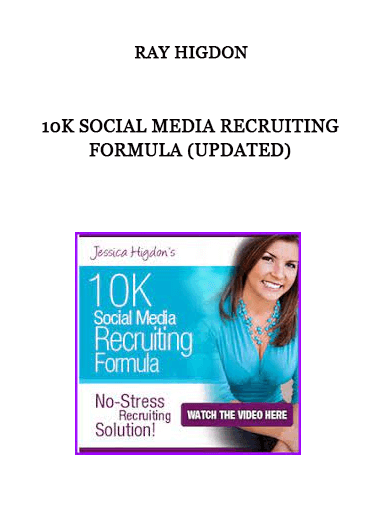
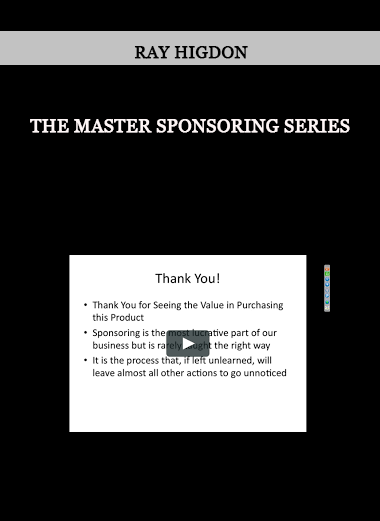


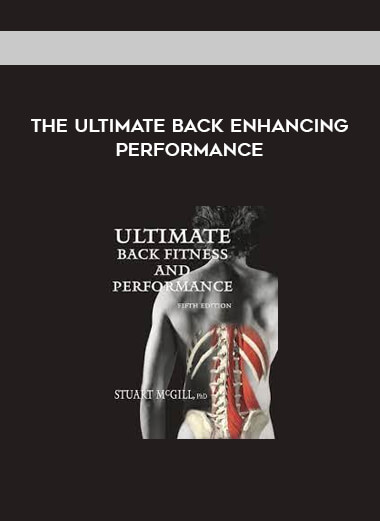
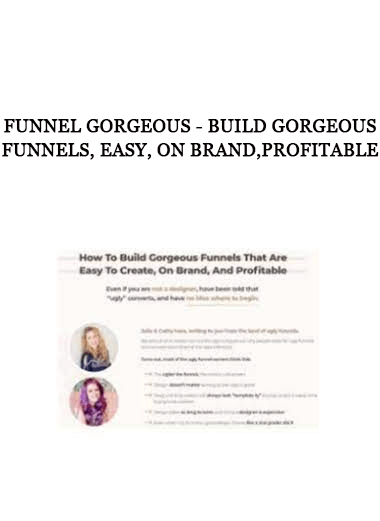

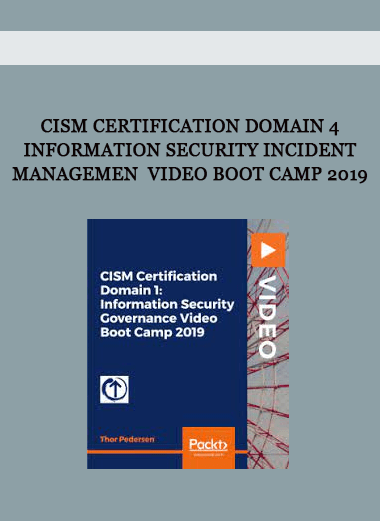



















Reviews
There are no reviews yet.